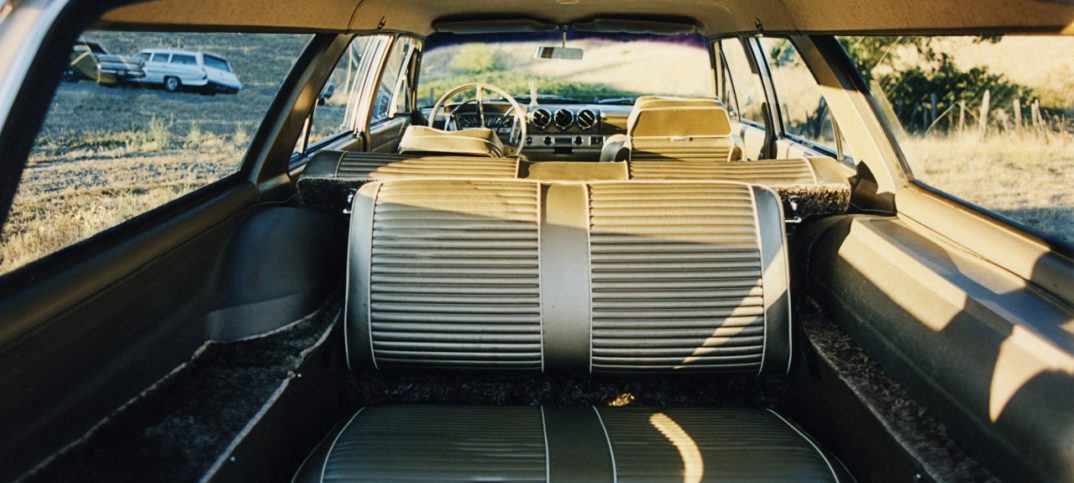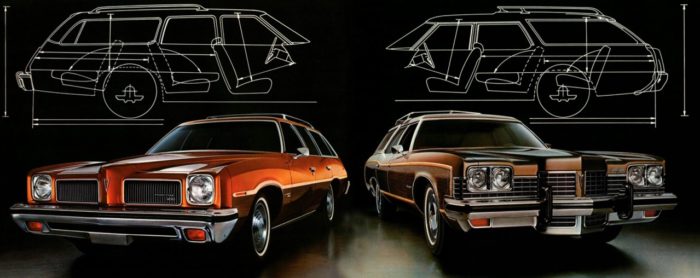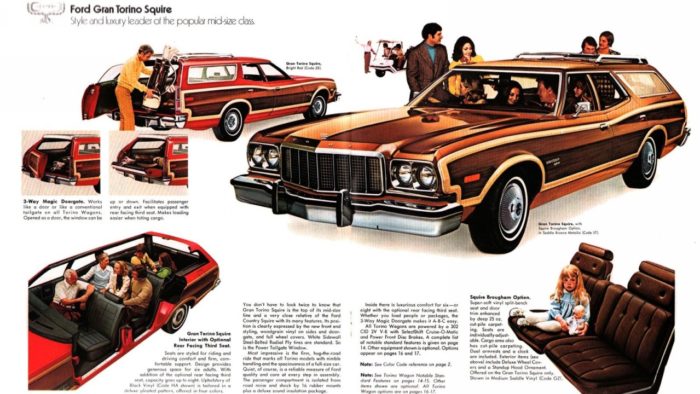Having a rear-facing seat set was relatively common in cars for quite some time. In fact, it was quite popular from the 50s and 60s, especially in large vehicles such as family cars or, as they were known in ordinary conversations of the past, “the ranches”. The current trend is to have the rear seats facing forward, as this seems to be the default design for three-row SUVs, although there are still some brands that mount them in reverse forward (unless your thing is circular gear behind). The Tesla Model S may be the best-known example, but Mercedes-Benz still offers a pair of seats with a view toward the trunk door in its E-Class Estate.
From the early days of automotive marketing, the third row of seats was shown as an important feature. They weren’t for truck parents. They were more for the heads of families who had children, but they were not so interested in having to interact with them in the car. With the third row, the children had their own space, roughly a soccer field from where mom and dad were in the front seat, smoking their cigarettes.
Across the pond, when cars began to shrink in size in the 1970s as a result of the first oil crisis, the third row disappeared in most models. By the time big vehicles came back into fashion, minivans, and later SUVs, were much more popular. However, in Europe, the characteristic was maintained longer, since family members were not replaced in the same way that the US did.
But going back to make a small point in the land of opportunities, there was a short period of time where some manufacturers even offered two aspects in their range: either with the seats facing forward or back. Take Pontiac as an example, who in 1973 offered both possibilities in its Gran Safari and LeMans Safari models. One was colossal while the other was simply gigantic (both over 5.5 meters long).
Therefore, the advantages of an inverted-mounted seat are access and legroom, although this may be at the expense of the cargo area, as the legs share that space with the luggage. However, there is often a gap between the back of the two rear rows, albeit a little difficult to access. Some family members, such as the Ford Gran Torino Squire, even went so far as to equip a “double” third row, mounted opposite each other.
But there is also another big problem: For a large part of the population, looking back as you go makes you feel extremely nauseous. It is not a movement that many people are used to and motion sickness was a real problem for many. For example, the idea works on train cars because people still have half of the seats facing forward to choose from, if they are sensitive to such things.
Another great downside that we can find in this provision has to do with the security section. Your legs are in what is now the rear warp zone (something we didn’t have decades ago). The feet have no real structure in front of them. Being hit by the rear at high speed would have unpleasant consequences. However, current technology is so advanced that much of this problem has been largely mitigated.



